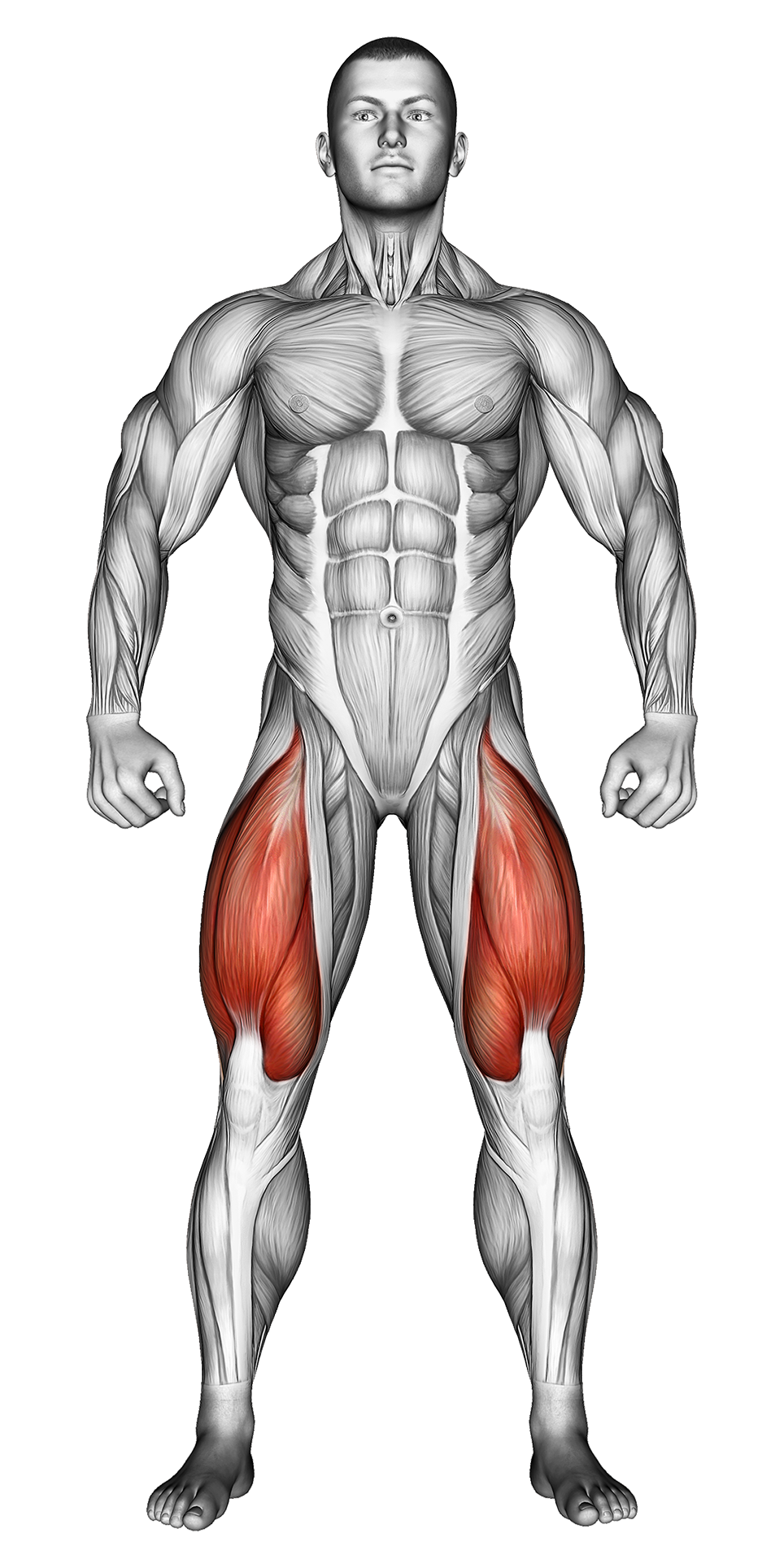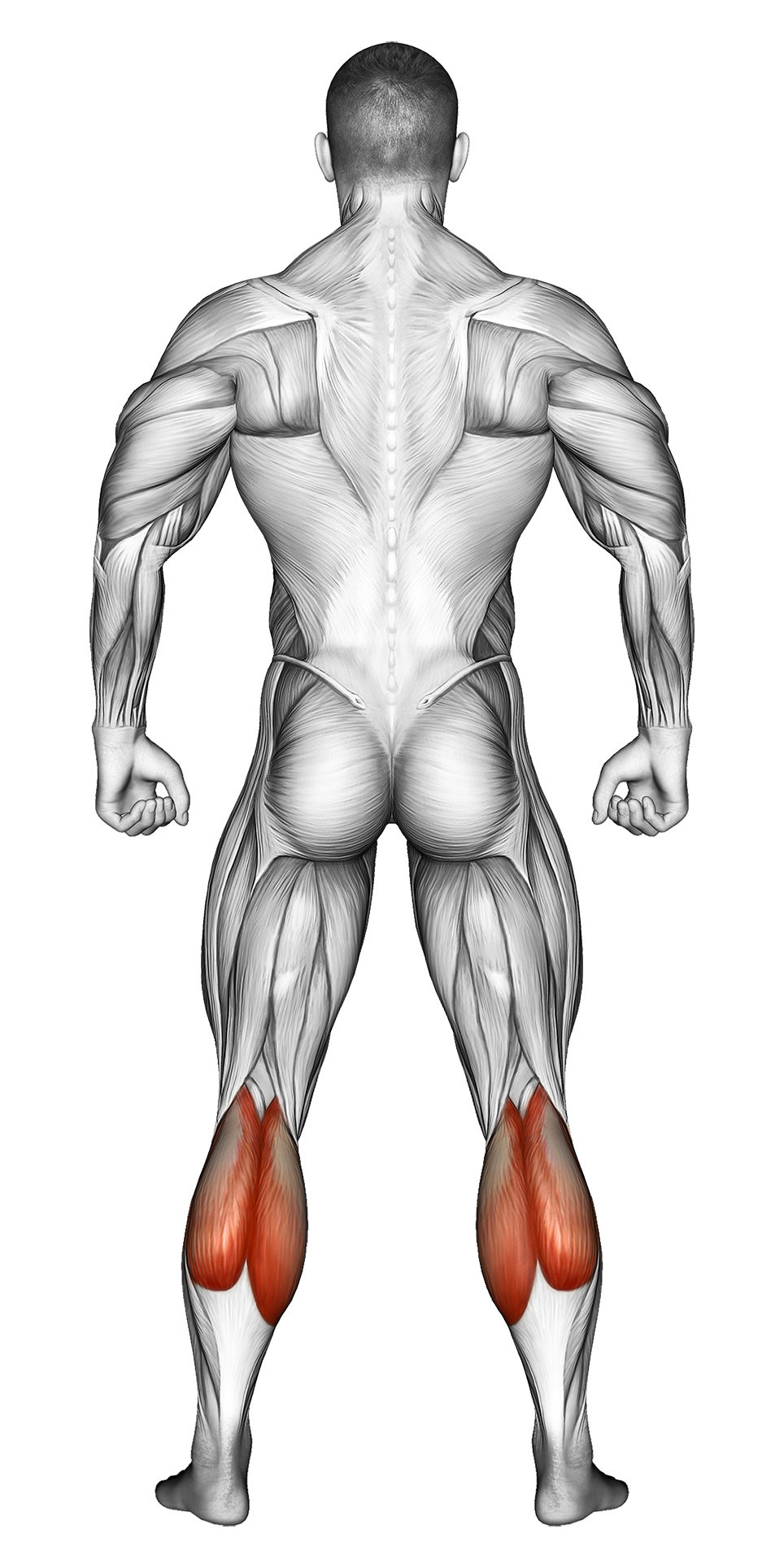Reverse Bodyweight Lunge: Video Tutorial & Exercise Guide

Written By: Ether Brown
Updated: Oct 13, 2024
| Workout | Reverse Bodyweight Lunge |
| Primary Muscle Group | Quads |
| Secondary Muscle Group | Calves, Glutes |
| Equipment Required | Bodyweight |
| Force Type | Push |
| Mechanics | Compound |
| Exercise Type | Strength |
| Difficulty | Intermediate |
Reverse Bodyweight Lunge: Video Tutorial & Exercise Guide
- 1.Reverse Bodyweight Lunge: Muscle Groups
- -1.1Primary Muscle Group
- -1.2Secondary Muscle Group
- 2.Reverse Bodyweight Lunge: Step-by-Step Guide
- 3.Reverse Bodyweight Lunge: Overview
- 4.Reverse Bodyweight Lunge: Benefits
- 5.Reverse Bodyweight Lunge: Pro Tips & Advanced Techniques
- 6.Reverse Bodyweight Lunge: Progression Plan
- 7.Reverse Bodyweight Lunge: Frequently Asked Questions (FAQs)
Reverse Bodyweight Lunge: Step-by-Step Guide
- Step 1: Stand tall with your feet hip-width apart and your hands on your hips or by your sides for balance. Engage your core and keep your chest up.
- Step 2: Step backward with your right leg, lowering your hips until your left thigh is parallel to the ground and your right knee hovers just above the floor.
- Step 3: Ensure your left knee is aligned with your toes and doesn't extend past them. Keep your chest upright throughout the movement.
- Step 4: Push through your left heel to return to the starting position, bringing your right leg forward to meet the left.
- Step 5: Repeat the movement with your left leg stepping back, alternating between legs for the desired number of reps.
Reverse Bodyweight Lunge: Overview
The Reverse Bodyweight Lunge is a highly effective lower-body exercise that primarily targets the quadriceps, hamstrings, glutes, and calves. It’s easier on the knees compared to forward lunges, making it a great option for those with joint issues. This movement is functional, mimicking real-life movements like stepping backward, which improves balance and coordination.
Reverse Lunges are an excellent unilateral exercise, meaning each leg works independently, helping to correct muscle imbalances and improve overall leg strength and mobility. Because no equipment is needed, it's a versatile exercise that can be done anywhere.
Reverse Bodyweight Lunges: Benefits
Reverse Bodyweight Lunges primarily target the quadriceps, hamstrings, and glutes, helping to build strength and endurance in the lower body. The reverse movement places less strain on the knees compared to forward lunges, making it a great option for individuals with knee sensitivity.
This exercise also improves balance and coordination, as each leg works independently, and enhances core stability as you work to maintain an upright position. Reverse lunges promote better hip mobility and flexibility, which is essential for everyday movements and athletic performance.
Because it's a bodyweight movement, reverse lunges can easily be incorporated into circuits or high-repetition workouts for conditioning and toning.
Reverse Bodyweight Lunges: Pro Tips & Advanced Techniques
Focus on keeping your chest upright and your core engaged throughout the movement. Avoid letting your front knee extend past your toes, and push through your front heel to maximize glute activation. For an added challenge, slow down the lowering phase (eccentric) to increase time under tension, or hold dumbbells for extra resistance. Ready to build stronger legs? Let’s lunge!
Reverse Bodyweight Lunges: Progression Plan
Beginner
Intermediate
Advanced
Reverse Bodyweight Lunge: Frequently Asked Questions (FAQs)
What muscles do Reverse Bodyweight Lunges target?
+This exercise primarily targets the quadriceps, hamstrings, glutes, and calves, while also engaging the core for stability.
Are Reverse Bodyweight Lunges suitable for beginners?
+Yes, reverse lunges are great for beginners because they place less strain on the knees compared to forward lunges. Start with bodyweight to master balance and form before adding resistance.
How can I make Reverse Bodyweight Lunges more challenging?
+To increase difficulty, hold dumbbells for added resistance or slow down the lowering phase to increase time under tension. You can also try performing walking reverse lunges for a more dynamic workout.
How often should I include Reverse Bodyweight Lunges in my routine?
+Include this exercise 2-3 times per week as part of your lower body or full-body workout. It pairs well with other leg exercises like squats and step-ups for a complete leg routine.
What common mistakes should I avoid?
+Avoid letting your front knee extend past your toes or collapsing inward. Focus on keeping your chest upright, core engaged, and maintaining balance throughout the movement.
Share
Don’t Wish for It, Work for It – Join the FlexXP Newsletter Today!
Thank you for signing up for the FlexXP Newsletter!
This site is protected and the Google Privacy Policy and Terms of Service apply.


